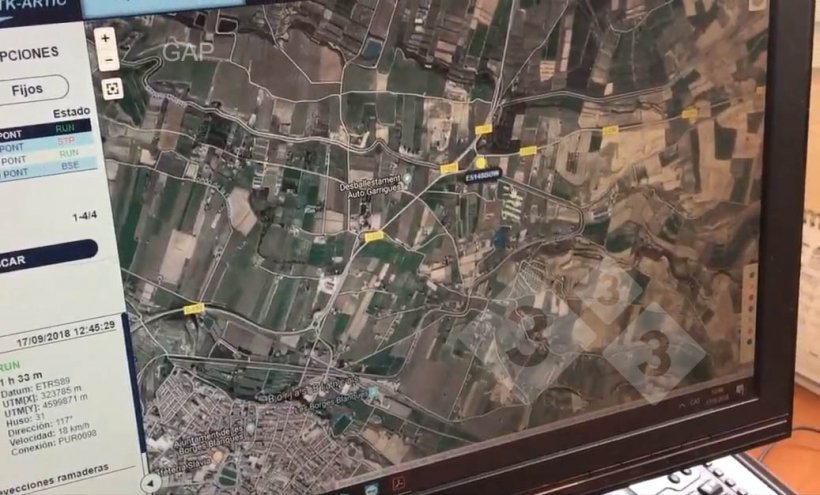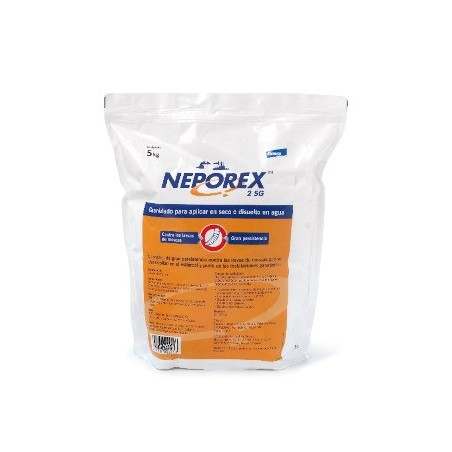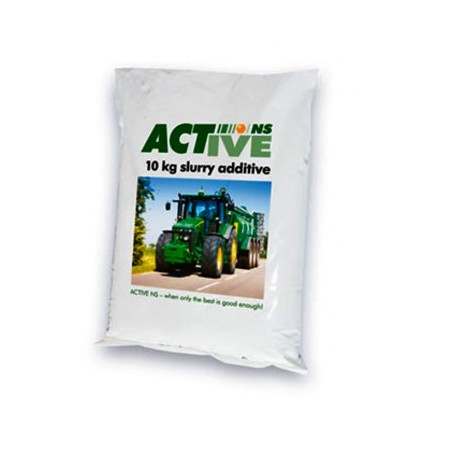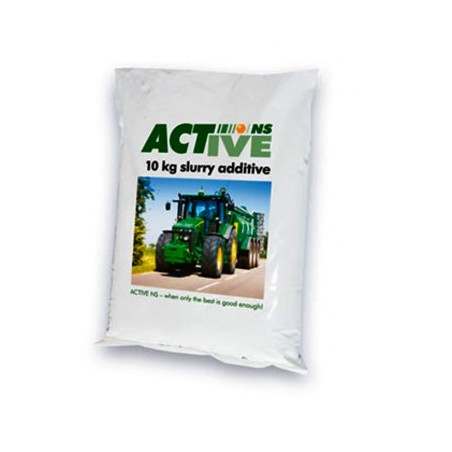The priority in this situation is to have a fertilization plan, to manage the logistics of transport and application, and to ensure the fertilizer quality of the slurry.
Fertilizer quality of slurry

Maintaining the fertilizer quality of slurry involves measures to prevent the loss of ammoniacal nitrogen by volatilization during storage and application. These measures can be:
- Removing the slurry from the barns as soon as possible, preferably on a daily basis.
- Covering the ponds to avoid ammonia volatilization.
- Acidification of slurry, or its liquid fraction, also to prevent ammonia volatilization.
- Using soil application systems via surface deposition or manure injection, in order to make nutrients directly available to plants.
The fertilization plan must be adapted to each crop, both in terms of annual application rate and application method. Thus, some crops may require application by precision fertigation techniques, for which a solid/liquid separation and a filtration of the liquid fraction will be appropriate, which will allow the use of drip irrigation methods. In this case, the solid fraction can be applied before planting or to horticultural crops after composting. Whether to avoid the loss of fertilizer value or to comply with the fertilization plan, the potential treatment must be designed to meet the objective of exploiting the fertilizer value of the slurry to suit the needs of the crops, in space and time. Adequate storage capacity is the first requirement for adaptation over time.
Anaerobic digestion of slurry
Anaerobic digestion mineralizes slurry, destroys or inactivates weed seeds and insect eggs and larvae, as well as parasites, and reduces and homogenizes particle size, which improves the fertilizer characteristics of the slurry. It also reduces odor emissions, because it transforms the most biodegradable organic matter into a combustible gas and, if this process is applied as soon as possible after excretion, it reduces the greenhouse gas emissions resulting from slurry handling. Therefore, anaerobic digestion is a process that should be considered as a priority, both to meet the objective of good fertilization and to reduce the environmental impact of livestock production, as well as to use slurry as a source of energy.
Optimizing transport
It could be the case that the distance from the farm, or farms, to the croplands implies a high cost of transportation and it is desired to evaluate systems that can reduce this cost. In general, the processes of interest will be those in which the cost plus the cost of transport and application of the final product obtained is lower than the cost of transport and application of the original slurry. In this case, the following solutions can be explored:
- Separating the solid and liquid fractions using a S/L separation system, composting the solid fraction, which leads to a reduction in volume and moisture, transporting the solid fraction to the fields located farthest away and applying the liquid fraction via fertigation.
- Reducing the volume of slurry by evaporation or drying using solar energy.
In either of the two previous cases, anaerobic digestion can be a source of income that, although isn't profitable according to classical profitability parameters, can reduce the overall cost of slurry management. The economic income from anaerobic digestion requires the energetic use of the biogas produced.
In collective management plans, with many livestock farmers and crop farmers, it is very important to define the logistics, the objective of which is to optimize the transport and application costs, minimizing the total transport distance. In this sense, it can be of interest to adopt computer programs and geographic information systems to help with decision-making (Figure 1), as well as adopting treatment strategies that contribute to management:
- Collective anaerobic digestion plant that, with a larger size, benefits from economy of scale and allows a more attractive use of energy
- S/L separation systems where appropriate
- Composting of some fractions in a collective plant to satisfy specific demands of some of the collective's crops, among other possible strategies

Figure 1. Monitoring and control of farm collection, transport, and agricultural application logistics using geographic information systems. Photo courtesy of GAP (Gestió Agroramadera de Ponent SCCL).
I want to know more about slurry acidification 
I want to know more about S/L separation systems 
I want to know more about anaerobic digestion 

I want to know more about composting 
I want to know more about solar drying 







